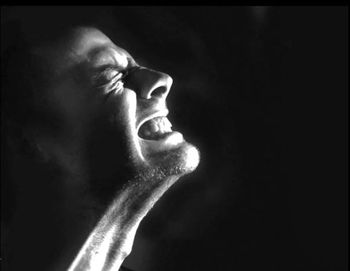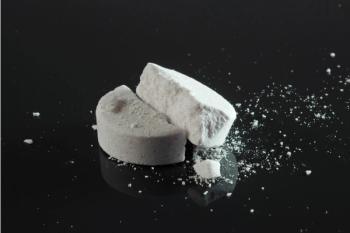
Chest Pain in Healthy Teens May Spell Heart Attack
AKRON, Ohio -- Myocardial infarction, although rare, can occur in adolescents even in the absence of congenital heart defects or drug abuse.
AKRON, Ohio, Oct. 3 -- Myocardial infarction, although rare, can occur in adolescents even in the absence of congenital heart defects or drug abuse.
Although MI may not usually come to mind for otherwise healthy teens, acute typical chest pain in the emergency department should not be dismissed as noncardiac, as illustrated by a small case series reported in the October issue of the journal Pediatrics.
"Emergency care for adolescents with chest pain should include cardiac enzyme and electrocardiographic workups," said John R. Lane, M.D., and Giora Ben-Shachar, M.D., both of Akron Children's Hospital.
Over a period of 11 years, nine otherwise healthy patients ages 12 to 20 came to their hospital's emergency department with chest pain radiating from the left arm or jaw and met established criteria for acute MI.
The eight males and one female, who had given birth four months earlier, all had elevated cardiac enzymes, including creatinine kinase, creatinine kinase MB fraction, and troponin I (tested only in the last eight patients once it became commercially available).
All showed a single peak enzyme level without multiple peaks indicating myocarditis or stuttering infarction.
However, not all of the patients showed the typical ST elevation of MI. One had a normal resting electrocardiogram, and two showed only nonspecific ST and T changes.
"Ruling out myocardial infarction, therefore, cannot depend solely on the absence of typical electrocardiographic changes," they said. "Obtaining cardiac enzyme levels, therefore, is critical to exclude myocardial infarction when the clinical chest pain suggests myocardial ischemia."
A drug screen was done for all the patients but only one was positive. This patient, who tested positive for amphetamines, had been treated with methylphenidate for attention-deficit disorder for years prior to presentation and denied substance abuse or overdose.
Lipid profiles showed no significant hypercholesterolemia among the patients. Hypercoagulability workup done for the last seven patients in the series was negative in all cases.
On echocardiography, three patients showed segmental inferior wall motion abnormality, the rest had normal findings.
When the patients underwent selective coronary angiography during hospitalization, none were found to have congenital heart anomalies or coronary thrombi. Four patients had inferior wall hypokinesis on their left ventricular angiograms, and one showed mild lateral focal hypokinesia.
The researchers noted that there appeared to be a predilection of MI to the inferior left ventricular wall segments in their series that "cannot be explained satisfactorily at the present time."
They concluded that the infarction was likely because of coronary spasm, "given the lack of fixed anatomic stenosis or occlusion."
This "vasoactive" nature was also supported by the fact that all the patients responded to nitroglycerin therapy whether sublingual, topical, or intravenous.
All nine of the adolescents were started on long-term calcium channel blockade with diltiazem after their chest pain subsided, although the necessary duration of treatment is unknown. None had a recurrence of angina on follow-up while taking the drug.
"Coronary vasodilation therapy seems helpful, but given the lack of coronary thrombosis in these patients, thrombolytic therapy seems unwarranted," Drs. Lane and Ben-Shachar said.
This contrasts with treatment of adult MI, which is usually caused by thrombosis, they noted.
"Long-term follow-up is necessary, and adjustments in therapy may be required with time," the investigators concluded.
Newsletter
Enhance your clinical practice with the Patient Care newsletter, offering the latest evidence-based guidelines, diagnostic insights, and treatment strategies for primary care physicians.

















































































































































































































































































